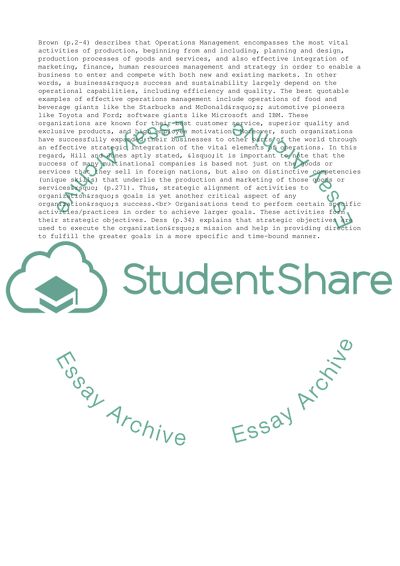Cite this document
(The Strategic Objectives of Operational Management Coursework, n.d.)
The Strategic Objectives of Operational Management Coursework. Retrieved from https://studentshare.org/management/1740094-tasks-1-3-as-listed-in-the-order-instruction-for-uk-dms-level-7-diploma-in-management-studies
The Strategic Objectives of Operational Management Coursework. Retrieved from https://studentshare.org/management/1740094-tasks-1-3-as-listed-in-the-order-instruction-for-uk-dms-level-7-diploma-in-management-studies
(The Strategic Objectives of Operational Management Coursework)
The Strategic Objectives of Operational Management Coursework. https://studentshare.org/management/1740094-tasks-1-3-as-listed-in-the-order-instruction-for-uk-dms-level-7-diploma-in-management-studies.
The Strategic Objectives of Operational Management Coursework. https://studentshare.org/management/1740094-tasks-1-3-as-listed-in-the-order-instruction-for-uk-dms-level-7-diploma-in-management-studies.
“The Strategic Objectives of Operational Management Coursework”, n.d. https://studentshare.org/management/1740094-tasks-1-3-as-listed-in-the-order-instruction-for-uk-dms-level-7-diploma-in-management-studies.


